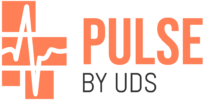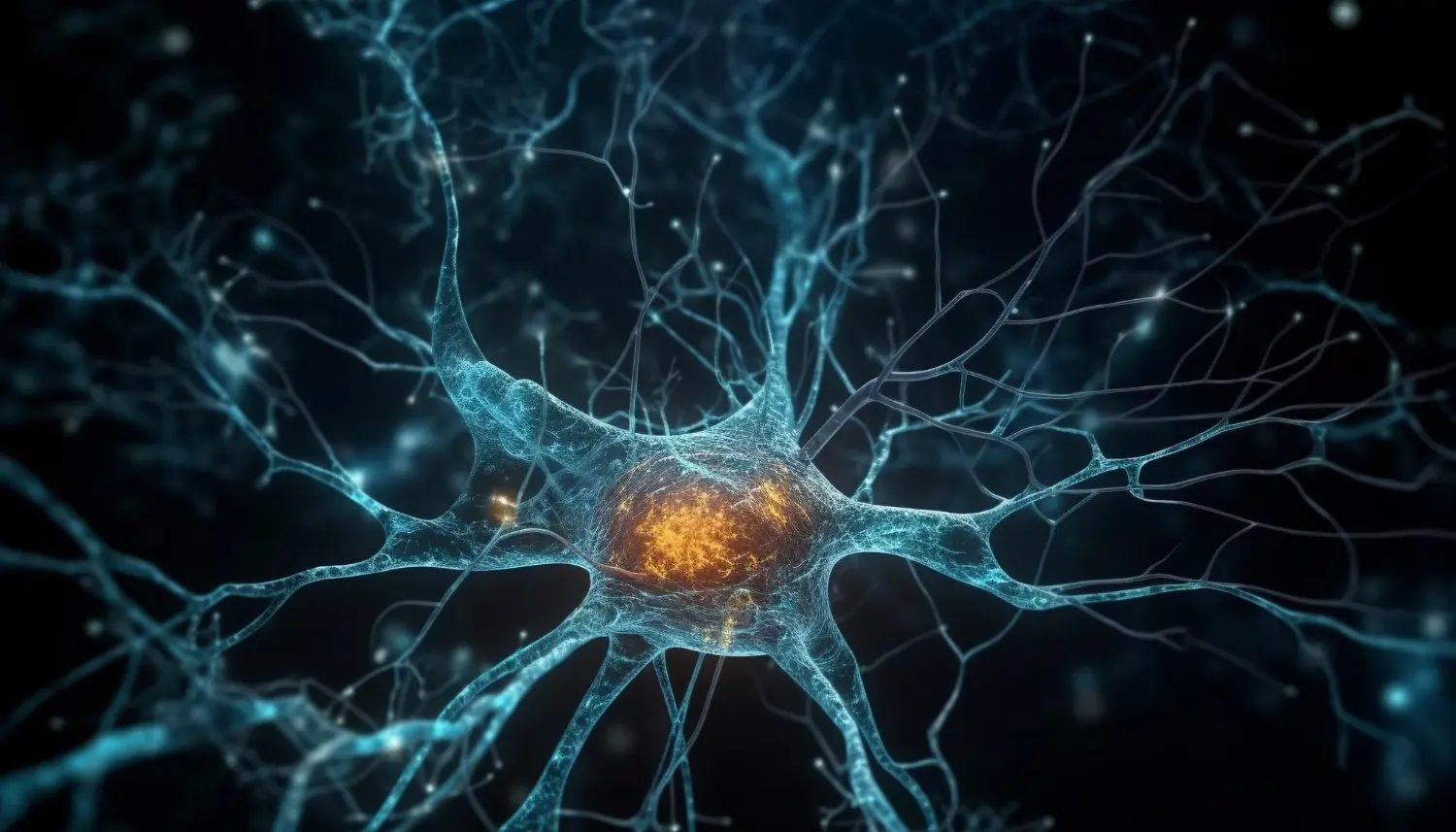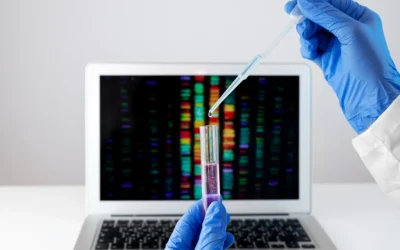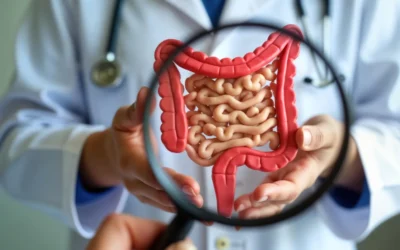Cancer remains one of the most formidable health challenges globally, responsible for nearly 10 million deaths each year, according to the World Health Organization. While treatment and survival rates have improved due to advancements in diagnostics, targeted therapies, and immunotherapy, early detection remains the most reliable predictor of positive outcomes. When caught early, many types of cancer can be treated successfully, significantly improving life expectancy and quality of life.
Unfortunately, the earliest stages of cancer often manifest through subtle, easily dismissed symptoms. These early warning signs—often chalked up to stress, age, or minor infections—can serve as critical signals from the body that something more serious may be developing. Understanding and identifying these warning signs can prompt timely medical evaluations and facilitate earlier diagnoses.
This article highlights the top ten early warning signs of cancer that should never be ignored, explaining the biological mechanisms behind each symptom and why they may be red flags for underlying malignancy. It also emphasizes the importance of regular screenings and provides guidance on when to seek medical advice.
In This Article
Understanding the Subtle Nature of Early Cancer Symptoms
Cancer develops when cells in the body begin to grow uncontrollably. This abnormal growth can disrupt normal bodily functions, but symptoms may only become apparent once the disease has progressed. Some types of cancer, like pancreatic or ovarian cancer, remain “silent” until advanced stages, while others may present signs early on. Recognizing these signs is essential for increasing the likelihood of curative treatment.
1. Unexplained and Persistent Fatigue
Fatigue is one of the most common complaints in everyday life. However, fatigue associated with cancer is more profound and persistent. It is not relieved by rest and often worsens over time. This type of fatigue results from the body diverting energy to feed rapidly growing cancer cells, leading to a systemic energy deficit.
Cancers that commonly cause fatigue early include leukemia, colon cancer, and stomach cancer. In leukemia, fatigue is often due to anemia caused by a reduction in healthy red blood cells, while gastrointestinal cancers may lead to chronic blood loss, further exacerbating fatigue.
2. Unintentional Weight Loss
Losing more than 10 pounds unintentionally, especially over a short period of time, can be one of the earliest and most prominent signs of cancer. This weight loss occurs because cancer cells require a lot of energy and may alter metabolism, breaking down fat and muscle tissue more aggressively than normal physiological processes.
Cancers frequently associated with early weight loss include pancreatic, esophageal, stomach, and lung cancers. Weight loss may occur even before other more specific symptoms appear.
| Cancer Type | Common Associated Symptom | Typical Mechanism |
|---|---|---|
| Pancreatic | Weight loss | Malabsorption, increased metabolism |
| Lung | Appetite loss | Tumor-produced cytokines |
| Stomach | Early satiety | Tumor obstructing digestion |
| Esophageal | Difficulty swallowing | Tumor blocking esophageal passage |
3. Persistent Pain Without Clear Cause
Pain is not always an early symptom, but certain cancers can cause persistent pain from the outset. For example, back pain may be associated with cancers of the pancreas or kidneys, while headaches may indicate brain tumors. Persistent bone pain can signal leukemia or bone cancers.
Pain occurs when tumors invade tissues, compress nerves, or disrupt blood flow. Unlike acute pain from an injury, cancer-related pain tends to be chronic, progressive, and unresponsive to typical pain relievers.
4. Unusual Bleeding or Discharge
Abnormal bleeding is a particularly alarming symptom. Blood in the stool may indicate colon or rectal cancer, while coughing up blood can suggest lung cancer. Vaginal bleeding outside of normal menstrual cycles or after menopause can be an early sign of cervical or endometrial cancer. Blood in the urine may be related to kidney or bladder cancer.
Even minor bleeding, if persistent and without an obvious cause, warrants investigation. The presence of blood is often due to tumor invasion into blood vessels or fragile tissue.
5. Changes in Bowel or Bladder Habits
Sudden changes in bowel habits, such as persistent diarrhea, constipation, narrow stools, or a feeling of incomplete evacuation, are potential warning signs of colorectal cancer. Similarly, urinary frequency, urgency, or a burning sensation may indicate bladder or prostate cancer.
These changes may reflect obstruction, inflammation, or irritation caused by tumor growth. Because such symptoms can also result from benign conditions like infections or irritable bowel syndrome, prolonged persistence is the key indicator that further investigation is needed.
6. Skin Changes, Including Moles and Lesions
Changes in the skin are one of the most noticeable early cancer symptoms. Skin cancer, particularly melanoma, may present as new moles or changes to existing moles. Warning signs include asymmetry, irregular borders, color changes, diameter larger than 6 mm, and evolving appearance—collectively remembered as the ABCDEs of melanoma.
In addition, other types of cancer may cause generalized skin symptoms such as jaundice (yellowing of the skin and eyes), darkening (hyperpigmentation), or reddening of the skin. These systemic symptoms often indicate liver or pancreatic issues.
7. Persistent Cough or Hoarseness
While a cough is common during colds or allergies, a cough lasting more than three weeks—especially if it’s dry, worsening, or accompanied by blood—may be a sign of lung or laryngeal cancer. Hoarseness that doesn’t resolve can signal cancers of the vocal cords or thyroid.
Tumors in the lungs or throat irritate the airways or press on nerves controlling the vocal cords. Chronic cough may also be mistaken for bronchitis or asthma, delaying proper diagnosis.
8. Lumps or Thickening Under the Skin
A new lump, swelling, or area of thickened tissue—especially in the breast, neck, armpit, groin, or testicles—should always be checked. Many early-stage cancers such as breast cancer or lymphoma present as painless lumps. These may feel firm, fixed in place, and progressively enlarge.
While many lumps are benign (like cysts), a distinguishing factor for malignancy is rapid growth and persistent nature. Self-exams and regular clinical check-ups are key to detecting abnormalities early.
9. Difficulty Swallowing or Indigestion
Swallowing difficulties (dysphagia) and persistent indigestion can indicate cancers of the esophagus, stomach, or throat. These symptoms may begin subtly with a sensation of food “getting stuck” or a burning feeling after eating, but they tend to worsen over time.
Unlike occasional reflux or bloating, cancer-related indigestion is progressive and often doesn’t respond to over-the-counter antacids or dietary changes. Combined with weight loss or anemia, these symptoms warrant urgent evaluation.
10. Non-Healing Sores or Ulcers
Sores that don’t heal within a few weeks, especially in the mouth, genitals, or on the skin, may be a sign of cancer. Oral cancers often begin as white patches, ulcers, or persistent irritation in the mouth or throat. Similarly, cervical or vulvar cancers may present with non-healing lesions.
The slow healing process occurs because cancerous cells disrupt normal tissue repair mechanisms and are often accompanied by other systemic signs like fatigue or infection.
The Importance of Regular Screenings in Early Detection
While paying attention to symptoms is vital, not all cancers manifest early signs. In such cases, regular screenings become the primary means of early detection. These tests identify abnormal cells before they progress into advanced disease.
| Screening Test | Target Population | Cancer Detected | Screening Frequency |
|---|---|---|---|
| Mammogram | Women 40+ | Breast cancer | Every 1–2 years |
| Colonoscopy | Adults 45+ | Colorectal cancer | Every 10 years |
| Pap Smear + HPV Test | Women 21–65 | Cervical cancer | Every 3–5 years |
| Low-dose CT Scan | High-risk smokers 50+ | Lung cancer | Annually |
| PSA Blood Test | Men 50+ (or earlier at risk) | Prostate cancer | As advised by physician |
When to See a Doctor
Recognizing symptoms is only the first step. Knowing when to consult a physician is equally crucial. Any persistent, unexplained, or worsening symptom should prompt a medical visit. If symptoms last more than two to three weeks or begin to interfere with daily life, it’s time to seek professional advice. Even if the cause turns out to be benign, ruling out cancer early can offer peace of mind and possibly save lives.
Overcoming Barriers to Early Diagnosis
Despite the well-documented benefits of early detection, many barriers still prevent timely cancer diagnoses. These include lack of awareness, limited access to healthcare, cultural stigmas, and financial constraints. Public health campaigns, telemedicine, and community-based screenings can help bridge these gaps. More importantly, fostering a culture of health literacy—where people feel empowered to monitor their own symptoms—can shift the narrative from reactive to proactive healthcare.
Conclusion
Cancer is a complex disease, but early detection remains a powerful weapon in the fight against it. The top early warning signs—such as unexplained fatigue, weight loss, unusual bleeding, persistent pain, and non-healing sores—should never be ignored. Each symptom is the body’s way of signaling that something is amiss.
By recognizing these red flags and acting promptly, individuals can significantly improve their odds of catching cancer in its most treatable stages. Paired with regular screenings and an informed understanding of one’s own risk factors, awareness becomes not just a form of self-care but a potentially life-saving tool.
Invest in your health by staying alert, asking questions, and never dismissing your body’s warning signs.
References
American Cancer Society. (2023). Signs and symptoms of cancer. https://www.cancer.org/cancer/cancer-basics/signs-and-symptoms-of-cancer.html
Hopkins Medicine. (n.d.). Early cancer warning signs: 5 symptoms you shouldn’t ignore. https://www.hopkinsmedicine.org/health/wellness-and-prevention/early-cancer-warning-signs-5-symptoms-you-shouldnt-ignore
National Cancer Institute. (2024). Cancer screening overview. https://www.cancer.gov/about-cancer/screening
PMC. (2020). Presenting symptoms of cancer and stage at diagnosis. British Journal of General Practice, 70(693), e470–e477. https://doi.org/10.3399/bjgp20X710837
World Health Organization. (2023). Cancer fact sheet. https://www.who.int/news-room/fact-sheets/detail/cancer
Fountain Life. (2025). How to detect cancer early: Symptoms, diagnosis, screening. https://www.fountainlife.com/blog/early-detection-of-cancer










0 Comments